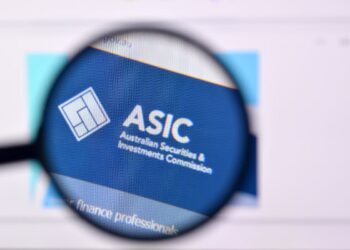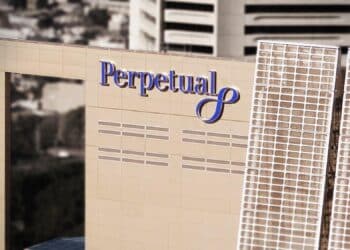Amid continuing disagreement with the Australian Securities and Investment Commission’s (ASIC’s) assessment of the appropriateness of self-managed superannuation funds (SMSFs), the regulator has provided Parliament with data confirming that low balance SMSFs generate sub-optimal outcomes.
Answering a question on notice from Labor member, Andrew Leigh ASIC made clear that self-managed funds with balances less than $200,000 could be problematic.
It said that for the period 2016-17 (and the preceding two financial years), SMSFs with a balance of less than $200,000 had a negative return on assets (ROA) when compared to SMSFs with a balance of more than $200,000.
Further, ASIC said that in 2016-17, the ROA for SMSFs with a balance of more than $100,000, but less than $200,000 was -0.48%, whereas the ROA for SMSFs with a balance of more than $200,000, but less than $500,000 was 4.65%.
ASIC in early October caused consternation in the SMSF sector when it issued an SMSF factsheet alongside a warning that investors establishing their own SMSF needed to be aware of the potential downside of such a strategy.
It argued that its research had found that SMSFs were not suitable for members with a low fund balance, particularly where they had limited ability to make future contributions.





